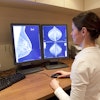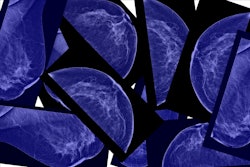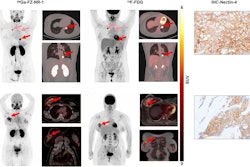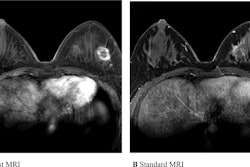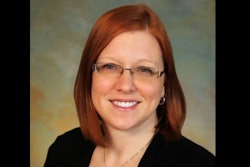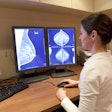In the face of overall breast cancer rate increases, women of varying race and ethnicity experience disproportionately higher increases -- and higher rates of molecular subtypes, according to a study published January 24 in JAMA Network Open.
A group led by Noelani Li from the Fred Hutchinson Cancer Center in Seattle, WA, found that women of the following races and/or ethnicities face incommensurate cancer rates compared to white women: Hispanic, non-Hispanic American Indian or Alaska Native, and non-Hispanic Asian or Pacific Islander. Additionally, the team found variation in molecular subtype among the study cohort.
The group also found that older Asian or Pacific Islander, Black, and Hispanic women are experiencing increases in the incidence of triple-negative breast cancer, which is more aggressive and harder to treat than other subtypes.
"This was surprising because while there has been a focus on increasing rates of breast cancer in young women, less has been reported on older women," Li told AuntMinnie.com.
Previous reports indicate that Black and Hispanic women in the U.S. experience a higher incidence of breast cancer from aggressive molecular subtypes, such as triple-negative disease. However, the researchers noted that such rates are changing as new data comes out, including across different age groups. They added that this data has not been well-reported.
The Li team observed and identified changes in overall and subtype-specific breast cancer incidence in the U.S. They stratified these changes by age, race, and ethnicity.
The study included data from 22 U.S. cancer registries included in the Surveillance, Epidemiology, and End Results (SEER) program. Final analysis included SEER data collected between 2010 and 2019 from 1,123,658 women who received a diagnosis of invasive breast cancer. The investigators conducted their research in 2023 and 2024.
The team focused on the four major molecular subtypes of breast cancer: Luminal A, Luminal B, HER2-positive, and triple-negative.
Of the total women, 219,112 were younger than 50 years, 409,257 were aged 50 to 64 years, and 495,289 were aged 65 years and older. The team included the following races and ethnicities in the study: Hispanic (n = 141,703), non-Hispanic American Indian or Alaska Native (n = 3,253), non-Hispanic Asian or Pacific Islander (n = 78,306), non-Hispanic Black (n = 124,560), non-Hispanic white (n = 769,043), and unknown (6,793).
Overall, breast cancer incidence rates increased by 0.5% per year from 2010 to 2019. But incidences tended to trend higher by race and ethnicity, the team noted, reporting the following per-year increases during the study period: 1.4% among Hispanic females, 1.9% among non-Hispanic American Indian or Alaska Native females, and 2.1% among non-Hispanic Asian or Pacific Islander females. Rates increased by 0.8% per year among non-Hispanic Black females, and 0.5% per year among non-Hispanic white females.
On subtype analysis, the team reported the highest increases in triple-negative breast cancer incidence among the following women: Asian or Pacific Islander women who were 50 to 64 years of age (2% per year from 2010 to 2019); Asian or Pacific Islander women 65 years or older (5.5% per year from 2015 to 2019); Hispanic women aged 65 years or older (2.3% per year from 2010 to 2019); and Black women (1.4% per year from 2010 to 2016 and 4.3% from 2016 to 2019). To compare, the triple-negative disease incidence remained unchanged among non-Hispanic white women.
Li said that with these results in mind, it is critical that people continue to study how breast cancer affects people differently based on their demographics.
"It remains important to offer appropriate screening and treatment to all who need them and recognize that rates are rising more quickly among women of certain racial and ethnic groups," Li told AuntMinnie.com.
The researchers plan to continue monitoring these rates as new data becomes available.
The full study can be accessed here.

